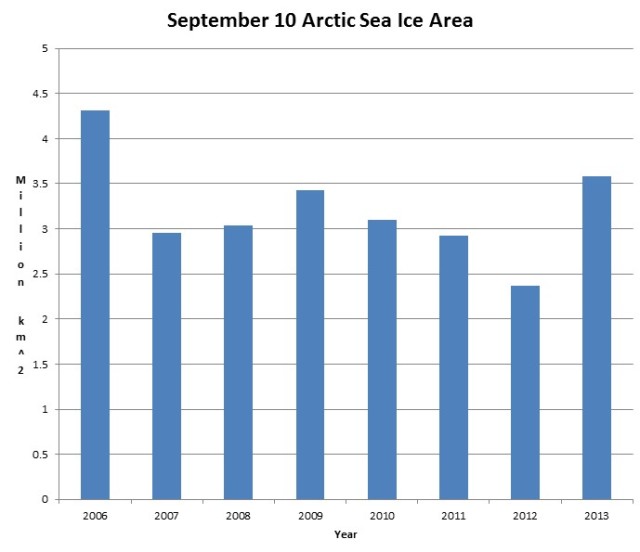Will Obamacare Destroy The Middle Class American Family?
/As readers here know, my main prediction for Obamacare is that it will go quickly into a death spiral as the young and healthy decline to sign up. But if enough healthy people sign up to enable it to last for several years, there is another major problem that few are mentioning, namely the hugely destructive effect that it is likely to have on the American middle class family.
The destructive effect arises from the fact that the subsidies under the law are to be allocated based on household income. Here is a summary of how it works from Kaiser Health News, via PBS, interviewing a partner of Jones Day named Cathy Livingston:
The law requires consumers to contribute a specific percentage of income to the premium. It's a sliding scale based on the federal poverty level. For example, if your household income is at 150 percent of the FPL, you are required to contribute 4 percent of income toward the premium. If your income is at 300 percent of poverty, then you're required to contribute 9.5 percent. The subsidy then makes up the difference between that amount and the cost of the benchmark plan.
The subsidies continue all the way up to "400% of FPL," which is currently almost $100,000 for a family of four.
I think it has never occurred to these geniuses that people can manipulate their eligibility for subsidies by reconfiguring who is in their household or their family. Do you think people wouldn't do that? Well, let's consider the poverty scam once again.
Have you ever seen the line "the best way out of poverty in America is to get married"? Both liberals and conservatives tout marriage as some kind of cure for poverty. See, for example, a study from Brookings here, and one from Heritage here. But they are just engaged in the usual confusion between "poverty" as commonly understood (physical deprivation) and "poverty" as defined in federal statistics (cash income for the arbitrarily-defined "household"). A more honest way to put the same proposition is: "If you want to have a middle class income while also qualifying for government handouts by reason of being in 'poverty,' then don't get married. Simply define yourselves as two families instead of one. The people with the income go in one family and the people without income go in the other."
And thus, with government means-tested anti-poverty handouts now approaching $1 trillion per year, we get a rate of non-marital births for African Americans of 73%, and for whites of 29%. What this shows is that people are not stupid and know how to organize their lives in order to collect available handouts. Still, most of the people collecting food stamps and housing vouchers would be at least somewhat toward the lower end of the income distribution even if they combined themselves into traditional families.
But now with Obamacare, we are going to be pushing the incentives to define yourselves as separate families well up into the middle and even upper middle class. It's not just that every non-working spouse can be re-defined into poverty by failure to marry. Recognize also that the so-called FPL is more per capita the smaller the family. According to this HHS table, the 2013 FPL is $11,490 for an individual, $15,510 for a family of two ($7755 per capita), $19,530 for a family of three ($6510 per capita), $23,550 for a family of four ($5888 per capita), $27,570 for a family of five ($5512 per capita), and so forth. Multiply all those numbers by 4 to get the Obamacare subsidy cutoffs. At any level of income, groups of single individuals are at a higher "percent of FPL" than multi-person families. For example, two people each making $23,000 are at about 300% of FPL as a married couple, but only 200% of FPL as individuals.
Any couple that gets married will immediately greatly decrease its Obamacare premium subsidies. Kids only make it worse. The effect is even greater the more the couple's income is skewed to one earner.
Of course, all this is assuming that this couple is signing up for health insurance at all under Obamacare, which many, many young couples will not do.

